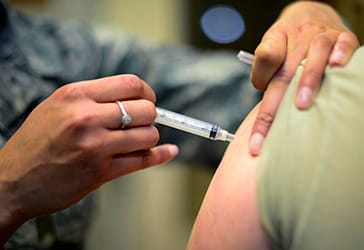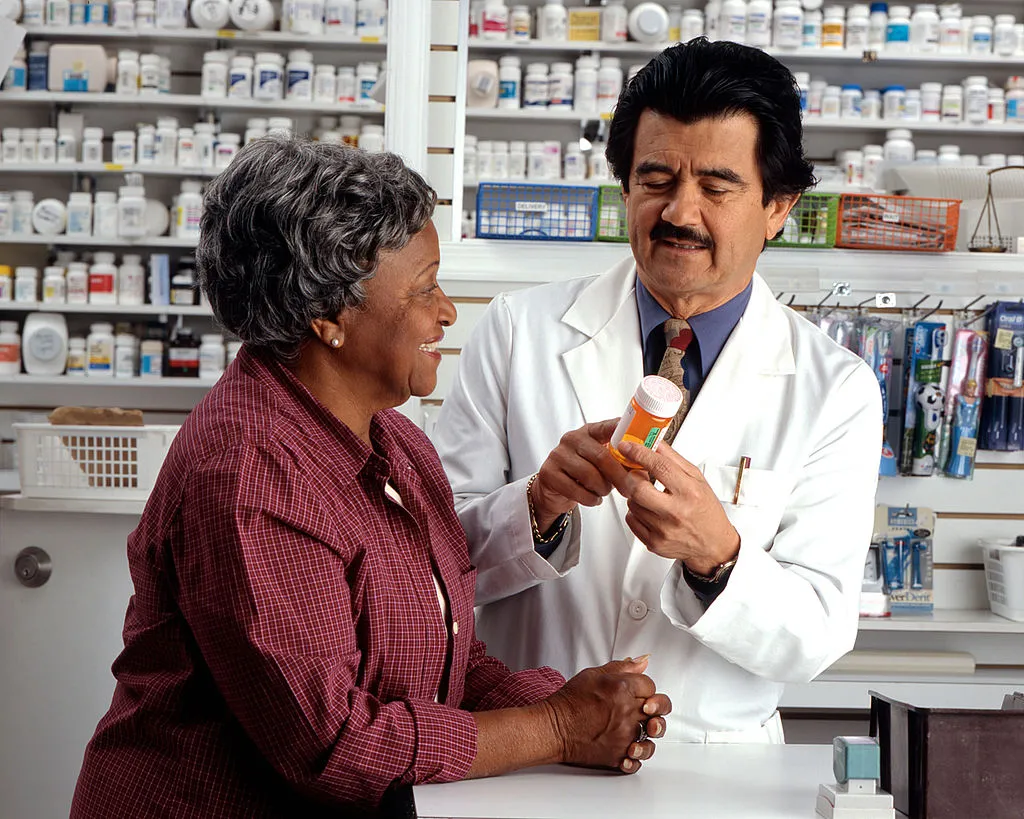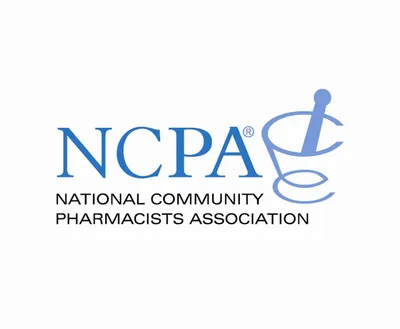A quarter century ago, it was unusual to have flu shots and other vaccinations administered in a retail pharmacy setting. Only a handful of states allowed the practice, and many conservative physicians and other traditionalists argued against extending pharmacists’ authority to immunize to additional jurisdictions.

Despite the opposition, remaining barriers fell fairly quickly. Today community pharmacists are empowered to vaccinate patients throughout the United States. While the scope of that authority still varies — some states allow immunizations against a broader range of diseases than others — the idea that vaccinations are readily available at pharmacies is accepted by medical practitioners and embraced by patients.
Ease of access has made the channel a preferred destination for people seeking protection against influenza and other conditions. Research has shown that the convenience of walking into a pharmacy without an appointment and promptly receiving a vaccination has helped to increase immunization rates and done so in a cost-effective manner. The savings in time and money stemming from the use of a pharmacy — as opposed to a doctor’s office — are considerable.
Everyone involved in community pharmacy is familiar with that history, but it is worth recounting as members of the profession stand poised to venture further into territory once considered the exclusive province of physicians, nurses and other providers. Public health needs, the increasing strain on the health care system fueled by an aging population, and the imperative of maximizing efficiency to contain costs are all problems that can be alleviated by assigning a more robust role to pharmacy.
Consider the measles outbreak currently sweeping the country. Just before presstime, the Centers for Disease Control and Prevention reported that there were 555 cases of the disease in 20 states, causing officials in some hard-hit areas to declare a public health emergency. Measles is, of course, a condition for which there is an effective vaccine. If there is an urgent need for widespread immunizations, community pharmacies are the ideal venue for getting large numbers of people vaccinated quickly. Members of the profession demonstrated how big an impact they can have in such a situation during the outbreak of the H1N1, or swine flu, virus in 2009. Their contributions a decade ago buttressed pharmacy’s image as a health care provider able to do much more than dispense prescriptions.
The accessibility and proven capacity of retail pharmacy to, wherever appropriate, bring effective care to patients at lower cost than other providers supports the profession’s bid to expand the scope of services that it offers. Faced with a shortage of primary care physicians and a rising population of senior citizens who require more health care than younger people, the case is compelling for shifting as many routine services out of physicians’ offices, clinics and hospitals as is consistent with the well-being of patients.
The sea change is already under way: Many pharmacy operators, most prominently CVS Health, have added walk-in clinics staffed by nurse practitioners and physicians to their stores. Pharmacists in some states have been granted limited prescribing authority for common conditions. Point-of-care testing, chronic care management and services related to pharmacogenomics are gaining momentum.
Those developments accord with the pharmacy profession’s objective of seeing the basis for remuneration shift from the current model — payment for products dispensed — to payment for services rendered and patient outcomes. More important to the people whom pharmacies serve and the overall system, the ongoing migration of health care to retail pharmacy is in alignment with the larger goal of delivering care in the appropriate setting, as seen first through the lens of what’s right for the patient and secondarily from the perspective of cost containment.
Everyone involved in the health care system — with the possible exception of patients — has a vested interest in the status quo. The challenge for pharmacy operators is to conclusively demonstrate that a majority of stakeholders and the system as a whole will benefit by giving them greater responsibility for patient care. If the industry is able to replicate the experience with immunizations, it should be able to harness the macro forces remaking health care.




